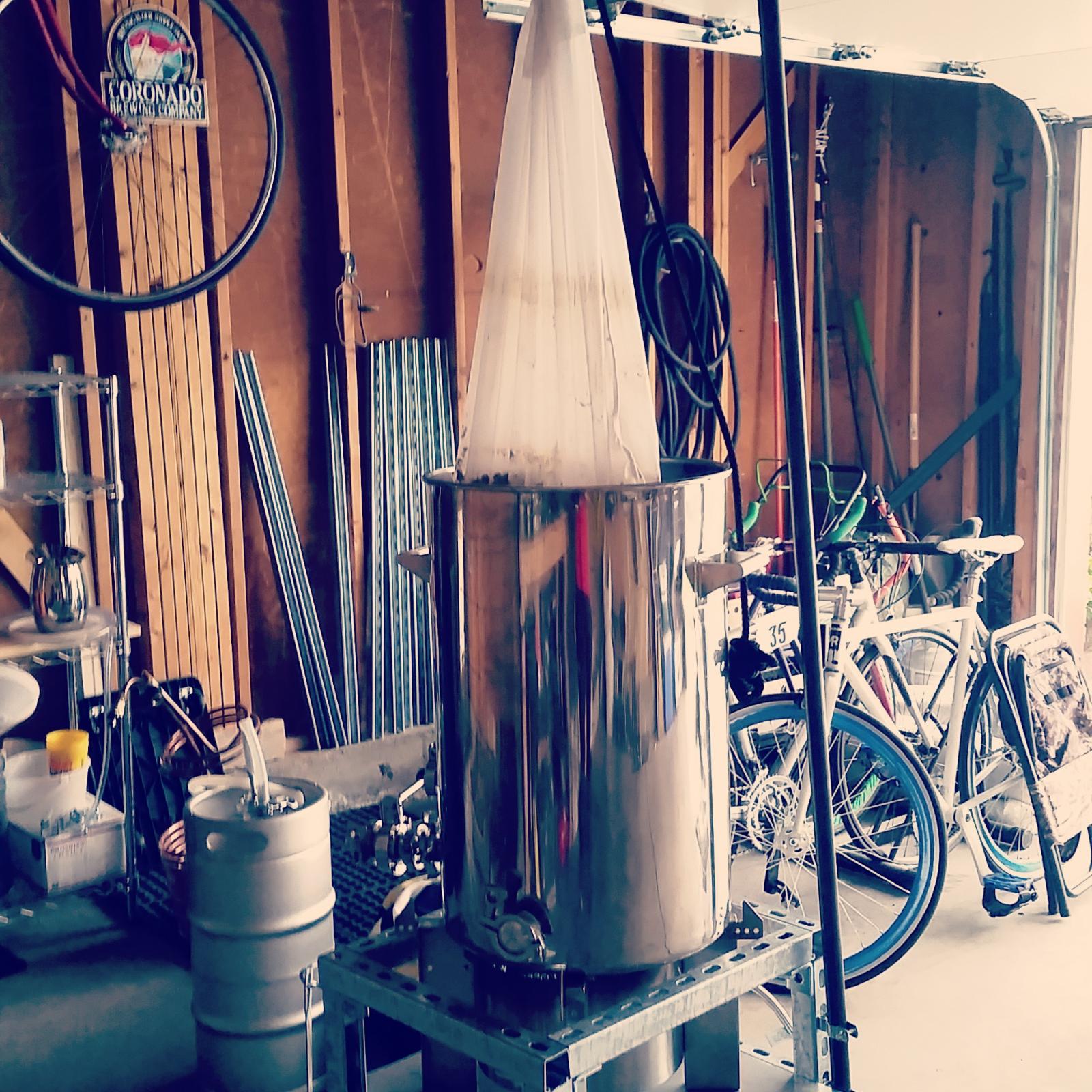beertastic
Well-Known Member
Want to retire my keggle with a huge lip on it for a kettle better suited for BIAB (and boiling/cleaning in general). Also want to step up my game and do 10 gallon batches, since I don't get to brew as often as I would like.
I have 2 MT/HLT coolers, from the old days, but I think I want to stick with single vessel. I just like the simplicity. I already have two coolers for MT/HLT, but can't think of a way to deal with them in a simple manner without adding pumps.
What are your thoughts on going with a 20 gallon kettle for 10 gallon batches? Is that big enough? I think 1.060-5ish range for 10 gallon, and anything over that a 5 gallon batch I'd be good with. Specifically I'm eyeing the 80qt Concord kettle.
I don't want to dunk sparge. Doesn't seem any simpler than traditional methods. Pouring a gallon or two of (probably cold) sparge water over the bag I'd be OK with...but do I need a basket to aid with that?
I have 2 MT/HLT coolers, from the old days, but I think I want to stick with single vessel. I just like the simplicity. I already have two coolers for MT/HLT, but can't think of a way to deal with them in a simple manner without adding pumps.
What are your thoughts on going with a 20 gallon kettle for 10 gallon batches? Is that big enough? I think 1.060-5ish range for 10 gallon, and anything over that a 5 gallon batch I'd be good with. Specifically I'm eyeing the 80qt Concord kettle.
I don't want to dunk sparge. Doesn't seem any simpler than traditional methods. Pouring a gallon or two of (probably cold) sparge water over the bag I'd be OK with...but do I need a basket to aid with that?









































![Craft A Brew - Safale S-04 Dry Yeast - Fermentis - English Ale Dry Yeast - For English and American Ales and Hard Apple Ciders - Ingredients for Home Brewing - Beer Making Supplies - [1 Pack]](https://m.media-amazon.com/images/I/41fVGNh6JfL._SL500_.jpg)
















